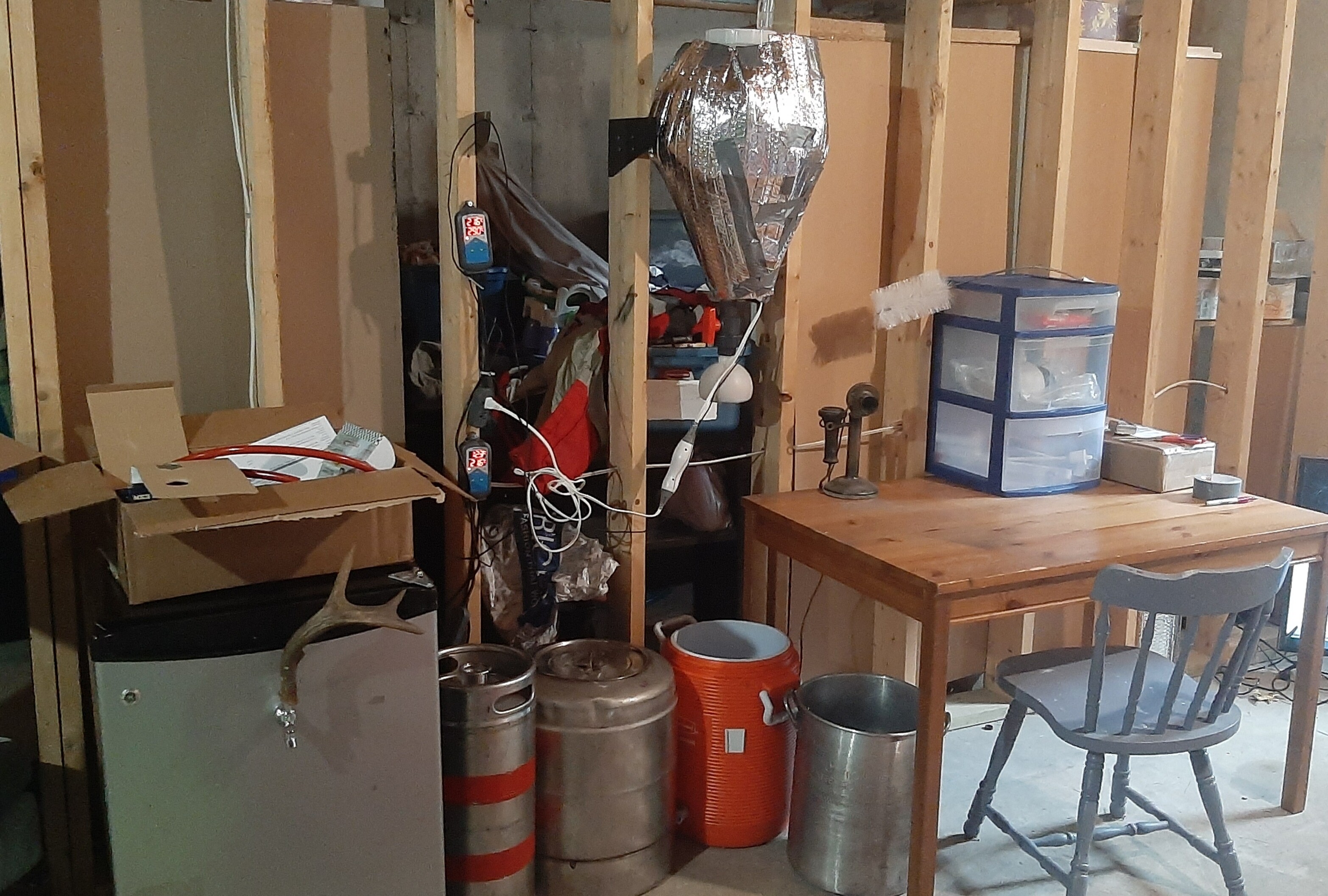There is another school of thought that promotes kegging prior to completion of fermentation, and letting the remaining fermentation naturally carbonate the beer. This is known as spunding, and has advantages for helping minimize O2 exposure of the beer. A variable pressure relief valve (known as a spunding valve - not surprisingly) is very helpful to prevent excess pressure in the keg (which will lead to over carbonation.)
Spunding can be done in bottles, but this can be dangerous as over carbonation can lead to bottle bombs. To spund in bottles, it is imperative to know in advance what your actual FG will be.
It's actually pretty difficult to keg too soon. But just because it is kegged doesn't mean that it is ready to drink. Most beers benefit from a few weeks of maturation in the keg.
So keg early, or leave it in the fermenter for weeks. Both work, and what you should do depends more on how you prefer to roll than anything else.
Brew on








